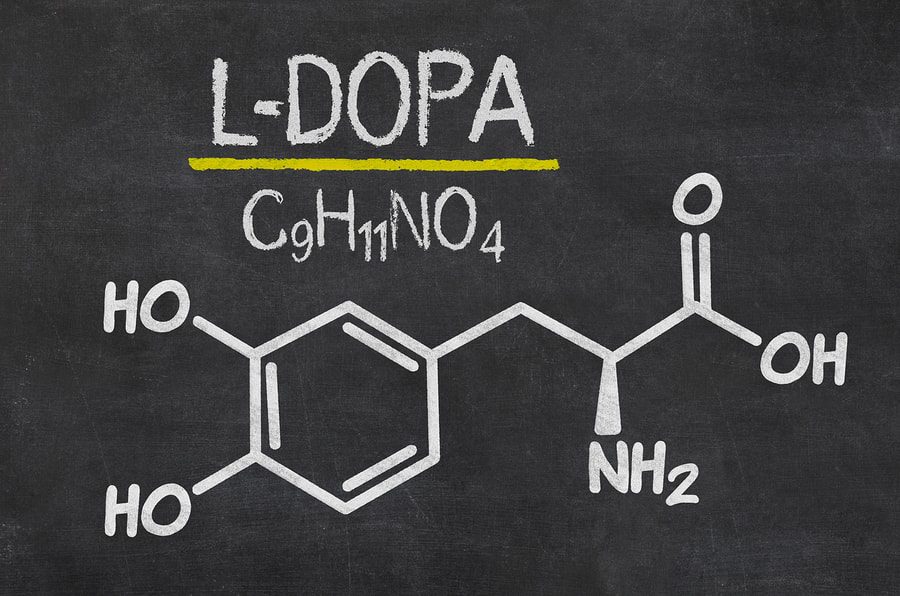Levodopa (L-DOPA) is a medication hailed as a revolutionary treatment for Parkinson’s disease (PD). Parkinson’s disease is a progressive neurological disorder that primarily affects the central nervous system, causing symptoms such as tremor, rigidity, and bradykinesia (slowed movement). L-DOPA works by replenishing dopamine levels in the brain, alleviating these symptoms and providing significant relief to patients with PD.
History and Discovery
The use of L-DOPA in the treatment of PD dates back to the 1960s. Dr. George Cotzias, an American neurologist, discovered that giving patients with PD large doses of L-DOPA orally significantly improved their motor functions. This breakthrough discovery led to the widespread adoption of L-DOPA as the primary treatment for PD.
Mechanism of Action
Dopamine is a neurotransmitter that plays a crucial role in regulating movement and coordination in the brain. In PD, the nerve cells that produce dopamine in the brain are damaged or lost, leading to a deficiency of dopamine in the brain. L-DOPA is the precursor to dopamine, meaning that once it enters the brain, it is converted into dopamine, effectively replenishing dopamine levels and restoring normal neural function.
Effectiveness
L-DOPA has proven to be highly effective in treating the symptoms of PD. Studies have shown that it can reduce tremor, improve rigidity, and increase movement speed and range. Research has also demonstrated its ability to improve sleep quality and decrease depression, common symptoms in PD.
Side Effects
While L-DOPA is an effective treatment for PD, it can also cause side effects. The most common side effects include nausea, vomiting, hallucinations, and involuntary movements (dyskinesias). Patients can manage these side effects through lifestyle changes, dietary adjustments, and L-DOPA dosage modifications.
Long-Term Use
Long-term use of L-DOPA can lead to a phenomenon known as ‘wearing off.’ This occurs when the effects of L-DOPA start to wear off sooner than expected, leading to a return of symptoms. To address this issue, physicians may add other medications, such as dopamine agonists, to extend the duration of L-DOPA’s effects.
Combination Therapies
In addition to L-DOPA, physicians often combine other medications to enhance PD symptom management. These include dopamine agonists, which mimic the effects of dopamine in the brain, and COMT inhibitors, which block the breakdown of L-DOPA in the body, making it more effective.
Conclusion
L-DOPA has been a game-changer in the treatment of Parkinson’s disease. Effectively replenishing dopamine levels, it alleviates symptoms, significantly improving the quality of life for Parkinson’s disease patients. Managing long-term use and side effects is crucial, but L-DOPA remains invaluable, revolutionizing treatment for neurological disorders.
Also read our blog on Brain Fog: Causes, Symptoms, Treatment (complete guide)
